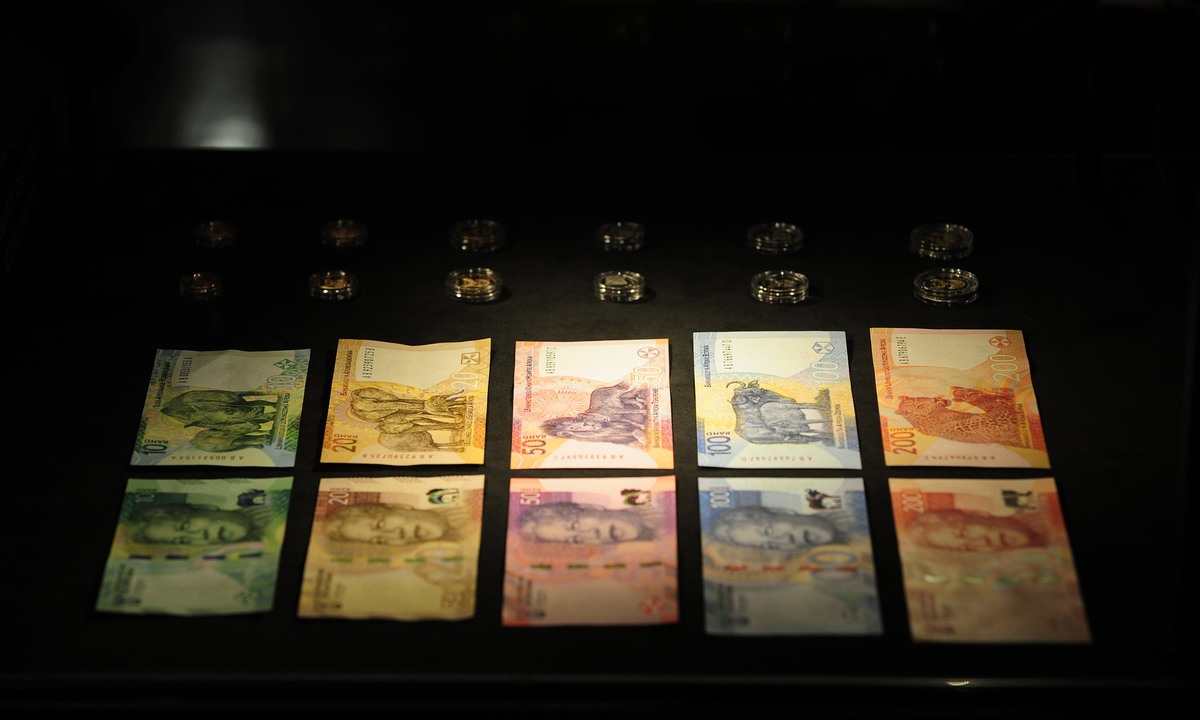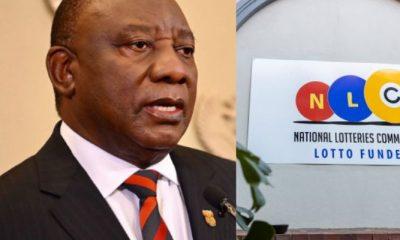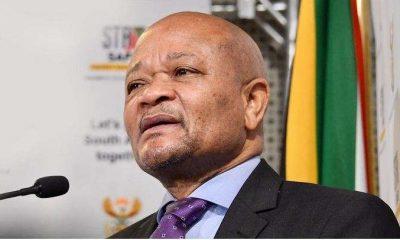News
South Africans Denied Rates Relief Amid Weak Rand

South Africa’s central bank is showing reluctance to deviate from its policy of tightening measures, even after raising the benchmark interest rate to restrictive levels. The decision was influenced by the weakening rand and missteps by the government, which have contributed to inflationary pressures as reported by BNN Bloomberg.
The monetary policy committee implemented consecutive half-point rate hikes, a move not seen in 15 years, following a diplomatic dispute between Pretoria and the United States that negatively impacted the country’s currency and government bonds. In addition, power outages, logistical challenges, sluggish economic reforms, and concerns about fiscal deterioration further exacerbated the rand’s decline.
Governor Lesetja Kganyago stated that the current repurchase rate level indicates a restrictive policy in response to high inflation and associated risks. This is the first time the stance has been described as anything other than accommodative since the hiking cycle began in November 2021. The key rate has more than doubled to 8.25% during this period.
Also Read: Ekurhuleni Releases R200,000 Xbox Tender to Enhance “4IR” Libraries
“We do not interpret this statement as an indication that rate hikes have concluded,” commented Jeffrey Schultz, BNP Paribas’ chief economist for the Middle East and Africa. “The Monetary Policy Committee (MPC) currently has low conviction regarding how quickly inflation can sustainably return to the desired target of 4.5%. This is supported by their view that rand weakness and vulnerability are likely to persist.”
Kganyago’s warning of potential further rand weakness led to a significant drop in the currency, reaching a record low of 19.7640 per dollar. EY Africa’s Chief Economist, Angelika Goliger, noted that the rand, previously seen as an indicator of confidence in emerging markets, has now become a gauge of investor sentiment specific to South Africa.
Kganyago emphasised that the hiking cycle will only shift when the trajectory of price growth changes and inflation starts moving towards the target of 4.5%. He expressed concerns about high administered and regulated prices, particularly in electricity and water.
“If all public-sector price setters adhere to adjusting prices in line with the inflation target, it will help lower inflation,” Kganyago stated. “In the absence of that, the instrument at our disposal as the central bank is the policy rate, and we will use it to address inflation.”
The governor also confirmed that the central bank has no plans to directly intervene in the markets to ease pressure on the rand or counter rising bond yields.
“While today’s interest-rate meeting does not definitively rule out further rate hikes, the upward revision to core inflation and the unanimous call for a 50-basis point hike indicate that the door remains open,” said Sanisha Packirisamy, an economist at Momentum Investments. “While it is difficult to determine whether we are currently tightening excessively, market sentiment suggests that interest-rate policy is already quite restrictive, especially considering the subdued growth outlook.”
Also Read:
Follow us on Google News
Photo: Facebook / @SA Reserve Bank






















